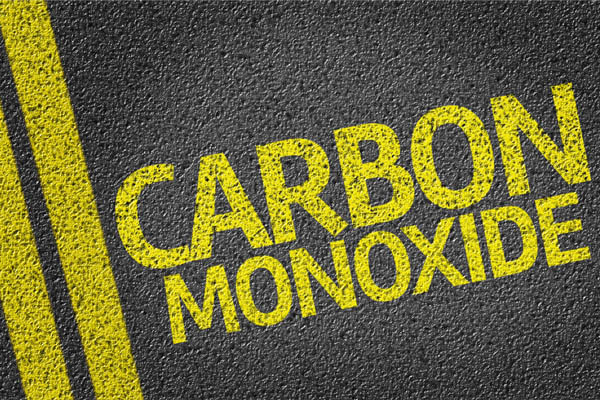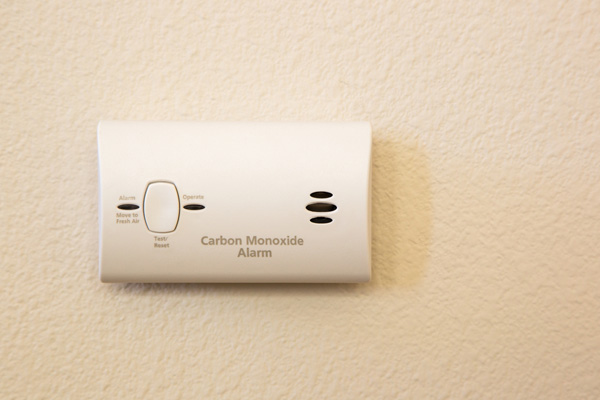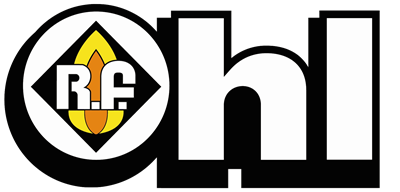Carbon Monoxide Safety Reminders For This Heating Season

The winter season is just around the corner. Therefore, a safe and warm home is a must-have. A well-maintained heating unit is essential to achieve this. Although most heating systems are made highly durable, it does not mean they will stay that way forever.
During fuel combustion, your heating system generates carbon monoxide (CO) as well. It is an odorless and colorless gas that is toxic to humans and animals. Breathing it in for too long can also be fatal. Therefore, you need to be mindful of this hazardous gas as it comes with various risks. Make sure you have a carbon monoxide detector installed and that it is fully functional. This way, you can prevent carbon monoxide from becoming a threat to you and your family.
What Is Carbon Monoxide And How Does It Pose A Threat?
The heating process results in inevitable carbon monoxide production. Its colorless and odorless properties mean that it is difficult for our eyes and noses to detect it. Therefore, it is a must to have a carbon monoxide detector when you have machines and appliances that use propane, wood, charcoal, natural gas, or heating oil as fuel.
It is also necessary to have a proper ventilation system in place when you use fuel-burning appliances inside your home. It is a vital component in ensuring the carbon monoxide is released outside properly. This way, you do not inhale carbon monoxide, and you prevent carbon monoxide poisoning. Keep in mind that this, along with proper installation and HVAC maintenance, is a requirement for your heating system to operate as it should. Otherwise, it can leak carbon monoxide. If it does, a carbon monoxide detector will ensure that the gas is detected early so you can take evasive steps against this toxic gas.
The First Step To Take Towards Carbon Monoxide Safety

The first thing you need to do to achieve a carbon monoxide-safe home is installing a top-quality carbon monoxide detector. It is a battery-operated device that is installed near a carbon monoxide-producing machine or appliance. Keep in mind that you need to have it tested regularly and replace the batteries once every three months. It is also a good idea to test it and replace its battery with fresh ones before the winter begins. Make sure to read and follow the manufacturer’s specifications regarding its installations, maintenance, and testing. Doing this will ensure you do it right, and your carbon monoxide alarm will work without a hitch for a long time.
Most Common Causes Of Indoor Carbon Monoxide Build-Up
Carbon monoxide build-up is a result of a ventilation problem with your heating system. If your heating system has incurred damages and wear and tear, CO can also leak through. Therefore, you should also ensure that your heating system is maintained annually. The best time to get this done is from late spring to early summer. This will prevent carbon monoxide leaks and ensure that all problems that might cause CO exposure are repaired immediately. Call a reputable HVAC company to help you with all HVAC repairs and replacements. Do this before the cold season starts to have a fully functional heating system when you need it the most.
Another Common Sign Of A Carbon Monoxide Build-Up Or Leak
Aside from alarms from your carbon monoxide alarm, carbon monoxide build-up can also be detected by what its exhaust looks like. After all, CO is generated as exhaust when the heating system burns fuel. The exhaust will look differently as it depends on what fuel your system utilizes. If it is a heating oil system, the exhaust will have smoke and soot. The more soot it releases, the more carbon monoxide is present. Therefore, contact a reliable HVAC technician immediately.
Various Symptoms Of Carbon Monoxide Exposure

No matter the amount, carbon monoxide is harmful to humans and animals. Depending on the amount of time and how much CO there is in the air, the symptoms can present themselves in many different ways. Mild symptoms include nausea, headaches, fatigue, and dizziness. Moderate carbon monoxide poisoning can cause extreme headaches, disorientation, drowsiness, and confusion. In severe cases, you can experience fainting, convulsions, heart failure, and death.
What To Do If You Suspect Carbon Monoxide Exposure

When you suspect CO exposure among your house’s occupants, turn off all fuel-burning machines and appliances immediately. Open all windows to allow fresh air to circulate as well. After doing these, step outside right away. Make sure that no one is left inside, including your pets. Do these as soon as your carbon monoxide detector alerts you. Never think it is sending you false readings, as your safety should always be your top priority. Make sure to have a doctor check you for any carbon monoxide poisoning symptoms you have.
Conclusion
Carbon monoxide leaks are a serious problem that needs to be fixed right away. If you have a fuel-burning appliance at home, you need to have a carbon monoxide detector installed. This is the best way you can prevent carbon monoxide poisoning from happening to you. Make sure you get your heating system regularly maintained as well.
Call R. F. Ohl For Superior Home Comfort Solutions

R. F. Ohl is an oil delivery company and HVAC company that services Northeast Pennsylvania. You can count on our oil deliveries to be fast and reliable. We also offer unbeatable heating oil prices. Additionally, our certified technicians can provide you with the best HVAC tune-ups, repairs, installations, and replacements. Our techs have the knowledge and expertise to service your HVAC system properly.
Give R. F. Ohl a call today to find out what we can do to improve your home comfort. We offer free, in-home estimates.
Call us today to learn more. Click here or call us at (610) 377-1098 to contact us today!
